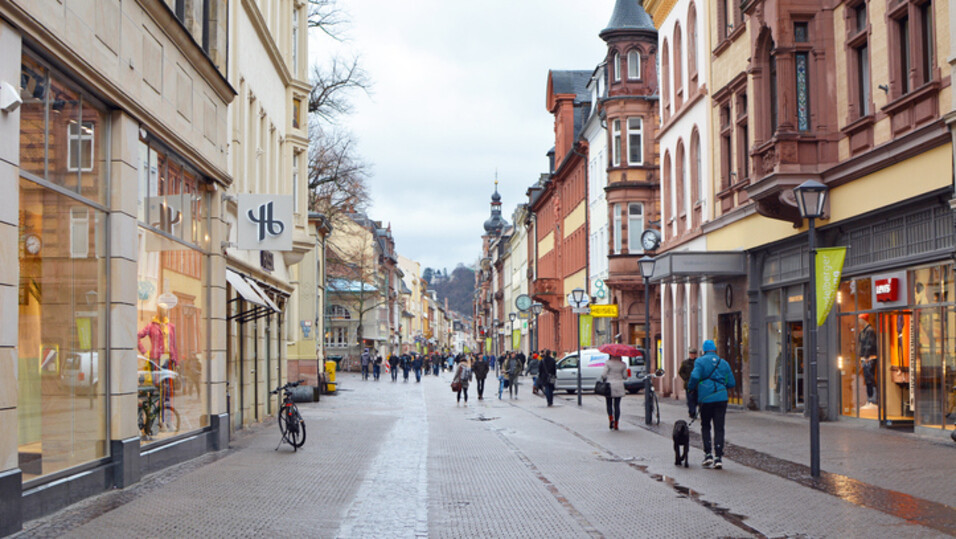German Economic Institute Study
The current economic crisis has become a crisis of consumption and has taken on more extreme dimensions than that caused by the global financial market upheavals of 2008/2009. In the 15 years preceding the outbreak of the Corona pandemic in Germany, private consumption grew at a rate similar to that in the 1990s.
The positive labour market development was accompanied by steady growth in private household income and consumption. In 2020, the COVID-19 virus brought this sustained consumer boom to an abrupt end. By the end of that year, as a result of two waves of infection and the associated restrictions on private spending, lost consumption had reached a total of some 100 to 150 billion euros, depending on the reference scenario. This estimate suggests that every man, woman and child in Germany consumed between 1,250 and 1,750 euros less in 2020 as a result of the Corona crisis.
The under-consumption in 2020 as a result of the pandemic is divided between reduced incomes and higher savings. The limited consumer opportunities, for example as a result of business closures, led to a sharp increase in current savings. The annual average household saving rate rose from 10.9 percent in 2019 to 16.2 percent in 2020. The current saving was in absolute values.
The TCB-IW Consumer Confidence Survey, which forms part of the Global Consumer Confidence Survey and is published jointly by The Conference Board (TCB) and the German Economic Institute (IW), provides guidance on the pressures on private consumption in Germany in the first quarter of 2021. So far, 70 per cent of the huge loss of confidence experienced in the second quarter of 2020 has already been restored. However, at just over 97 points in the first quarter of 2021, consumer confidence was still more than 5 points below its level in the fourth quarter of 2019, the last before the crisis hit Germany. Despite the restrictions still remaining in the first quarter of 2021, improved employment prospects prevented the sharp drop in confidence that occurred in the second quarter of 2020. However, lost consumption is likely to amount to a further 40 to 60 billion or more euros in the first three months of 2021, again depending on the reference scenario.
The clothing and footwear sectors recorded high slumps, especially in the first, second and fourth quarters of 2020. The low point was in the second quarter with a minus of almost a quarter of the previous year’s value. Here the closed retail trade and the lower need for seasonal goods show their effects. The slump in leisure, entertainment and cultural services is particularly dramatic.






